In-house Development: Ford Engineers Applying Finishing Touches to Mach-E From Home

With the United States on pause for the coronavirus outbreak, we’ve been left scratching our heads as to how it might impact the timetable of numerous vehicles slated to debut later this year. Apparently, working remotely isn’t as big a hassle for engineers as one might assume — provided the car is nearing completion. Ford is reportedly continuing development of the all-electric Mustang Mach-E by allowing staff to tweak and test prototypes from their homes.
Ideally, the crossover would be spending more time on factory proving grounds while being fussed over by a full complement of engineers. Yet Ford faces a situation where that’s not possible and doesn’t want it stalling the model’s launch. This is the automaker’s first real attempt at a purpose-built EV and the timing is important. A bad impression could send investors running for the hills; meanwhile, any delay would bring the Mach-E that much closer to obsolescence in the minds of customers.
This is an issue automakers face with all products, but the EV segment advances at a pace that risks giving them a slightly shorter shelf life. Something seen as groundbreaking today could quickly be viewed as lacking as battery technology evolves. That’s been more or less the trend since electric cars started hitting the market about a decade ago. Ford can’t afford to delay the Mach-E, so it’s having engineers continue development from home.
“The Mach-E is the embodiment of a whole different way of operation for Ford in terms of product development and represents a fundamental shift in the way Ford works,” Sam Abuelsamid, an analyst with Navigant Research, told The Detroit News. “It’s really important as a demonstration both to consumers and the financial markets that ‘We’ve learned from our past mistakes. We are ready to move forward.’ By executing this program in what is a comparably short time period, it shows that Ford really has changed and they are ready for the future.”
From The Detroit News:
Although it might be difficult to run the vehicles in certain scenarios to test suspensions and braking systems, the development team is able to test their electronic architecture and software to ensure all the parts are working properly and reliably. With remote access to most of their usual tools, the developers say they can do almost everything they normally would. Team members took home prototype vehicles to test and from which to gather data.
“If there is a different calibration we want to try, I will jump into the vehicle, the flash goes in, I will take the car around the block, come back, look at the data, and see how things reacted,” said Aleyna Kapur, a Mach-E calibrator who works to ensure the hardware, powertrain and software are all communicating with each other. “Maybe I’ll get back in the vehicle, tweak a few things, and come back to the desk. It’s right there.”
The team used to switch prototypes with one another. Ford had provided a sanitization kit to clean down doors handles, steering wheels and other parts of the vehicles, but since [Michigan] Gov. Gretchen Whitmer’s stay-at-home order went into effect earlier this month, that practice has stopped. The developers have had to rely on teamwork instead.
That comes by way of virtual conferencing and regular phone calls, often with weekly schedules setting aside time for team-building activities. More often than not, it’s little more than an opportunity for team members to chit-chat. Mach-E staffers, however, seem happy to have an excuse to stay in touch and are doubly happy they can continue working through the pandemic. Not everyone has been so fortunate.
[Image: Ford Motor Co.]

A staunch consumer advocate tracking industry trends and regulation. Before joining TTAC, Matt spent a decade working for marketing and research firms based in NYC. Clients included several of the world’s largest automakers, global tire brands, and aftermarket part suppliers. Dissatisfied with the corporate world and resentful of having to wear suits everyday, he pivoted to writing about cars. Since then, that man has become an ardent supporter of the right-to-repair movement, been interviewed on the auto industry by national radio broadcasts, driven more rental cars than anyone ever should, participated in amateur rallying events, and received the requisite minimum training as sanctioned by the SCCA. Handy with a wrench, Matt grew up surrounded by Detroit auto workers and managed to get a pizza delivery job before he was legally eligible. He later found himself driving box trucks through Manhattan, guaranteeing future sympathy for actual truckers. He continues to conduct research pertaining to the automotive sector as an independent contractor and has since moved back to his native Michigan, closer to where the cars are born. A contrarian, Matt claims to prefer understeer — stating that front and all-wheel drive vehicles cater best to his driving style.
More by Matt Posky
Latest Car Reviews
Read moreLatest Product Reviews
Read moreRecent Comments
- Ajla My understanding is that the 5 and 7-Series cater almost exclusively to the Chinese market and they sell them here just so they don't look weak against Mercedes and Audi.
- EBFlex Interesting. We are told there is insatiable demand for EVs yet here is another major manufacturer pivoting away from EV manufacturing and going to hybrid. Did these manufacturers finally realize that the government lied to them and that consumers really don’t want EVs?
- Kwik_Shift_Pro4X What's worse than a Malibu?
- MaintenanceCosts The current Malibu is poorly packaged; there's far more room inside a Camry or Accord, even though the exterior footprint is similar. It doesn't have any standout attributes to balance out the poor packaging. I won't miss it. But it is regrettable that none of our US-based carmakers will be selling an ordinary sedan in their home market.
- Jkross22 You can tell these companies are phoning these big sedans in. Tech isn't luxury. Hard to figure out isn't luxury.This looks terrible, there are a lot of screens, there's a lot to get used to and it's not that powerful. BMW gave up on this car along time ago. The nesting doll approach used to work when all of their cars were phenomenal. It doesn't work when there's nothing to aspire to with this brand, which is where they are today. Just had seen an A8 - prior generation before the current. What a sharp looking car. I didn't like how they drove, but they were beautifully designed. The current LS is a dog. The new A8 is ok, but the interior is a disaster, the Mercedes is peak gaudy and arguably Genesis gets closest to what these all should be, although it's no looker either.



















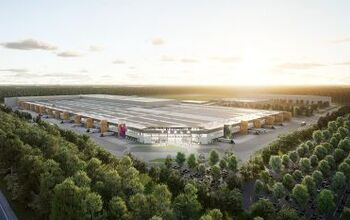
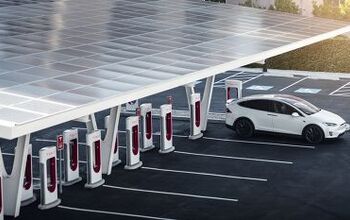


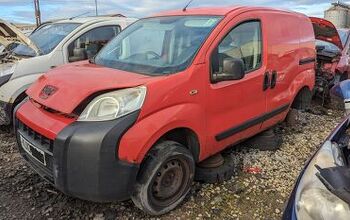

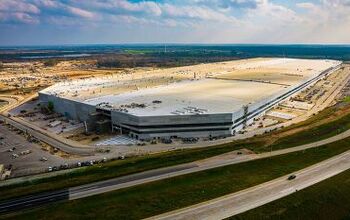
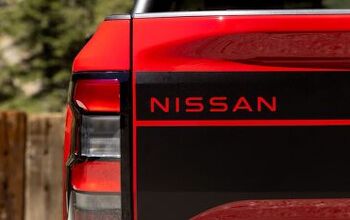
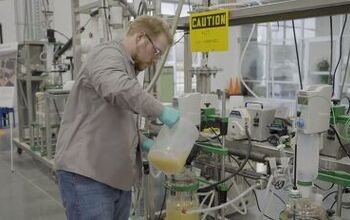
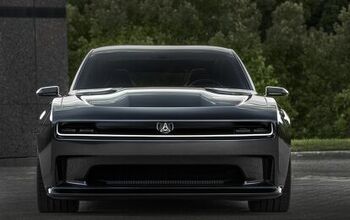

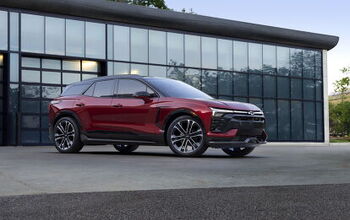

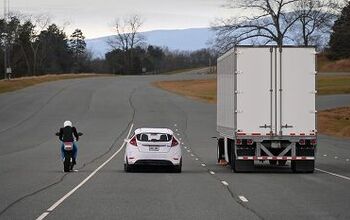
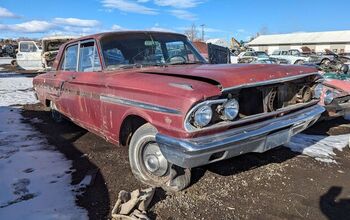
Comments
Join the conversation
Yecchh. Now if it looked like the car in the article below, then two thumbs up. With an electric car, the body shape is only governed by packaging around the components, aerodynamics and safety. It doesn't have to look so damn weird.
Imagine if your master plan was to release a similar but slightly worse product months after a brand name competitor. I'd be staying home too.